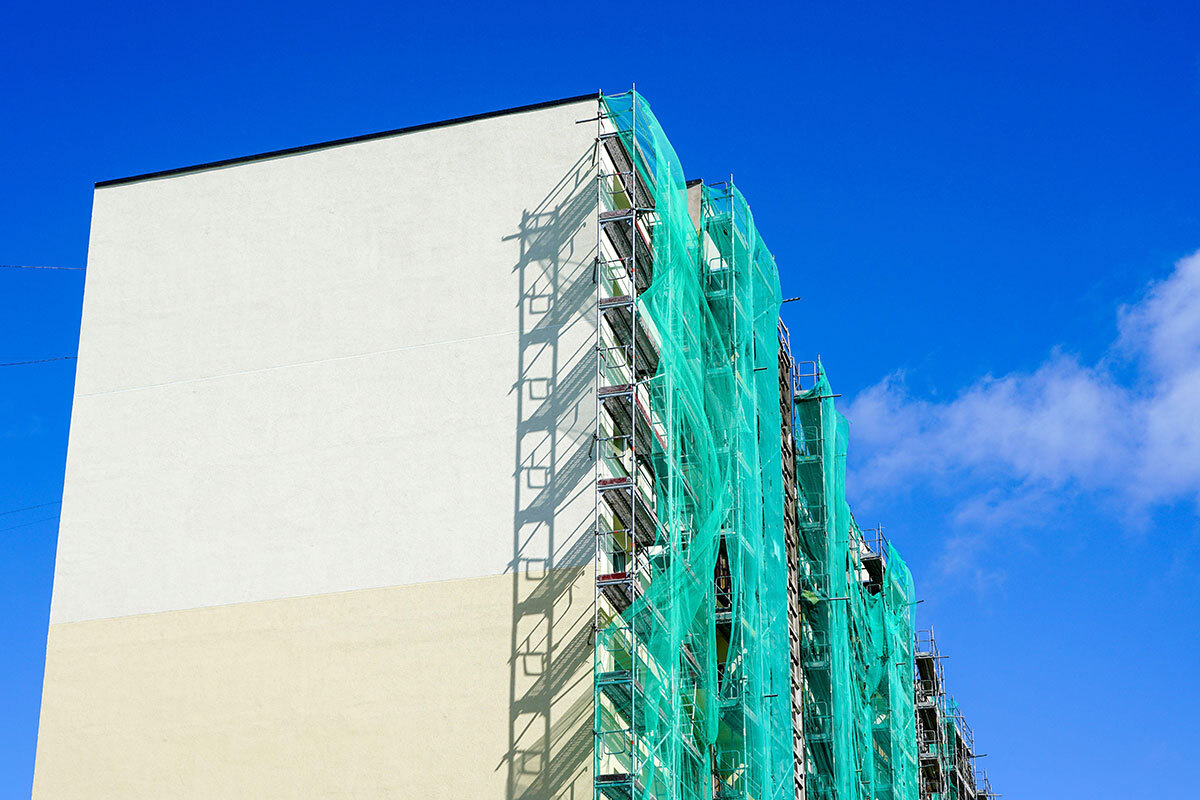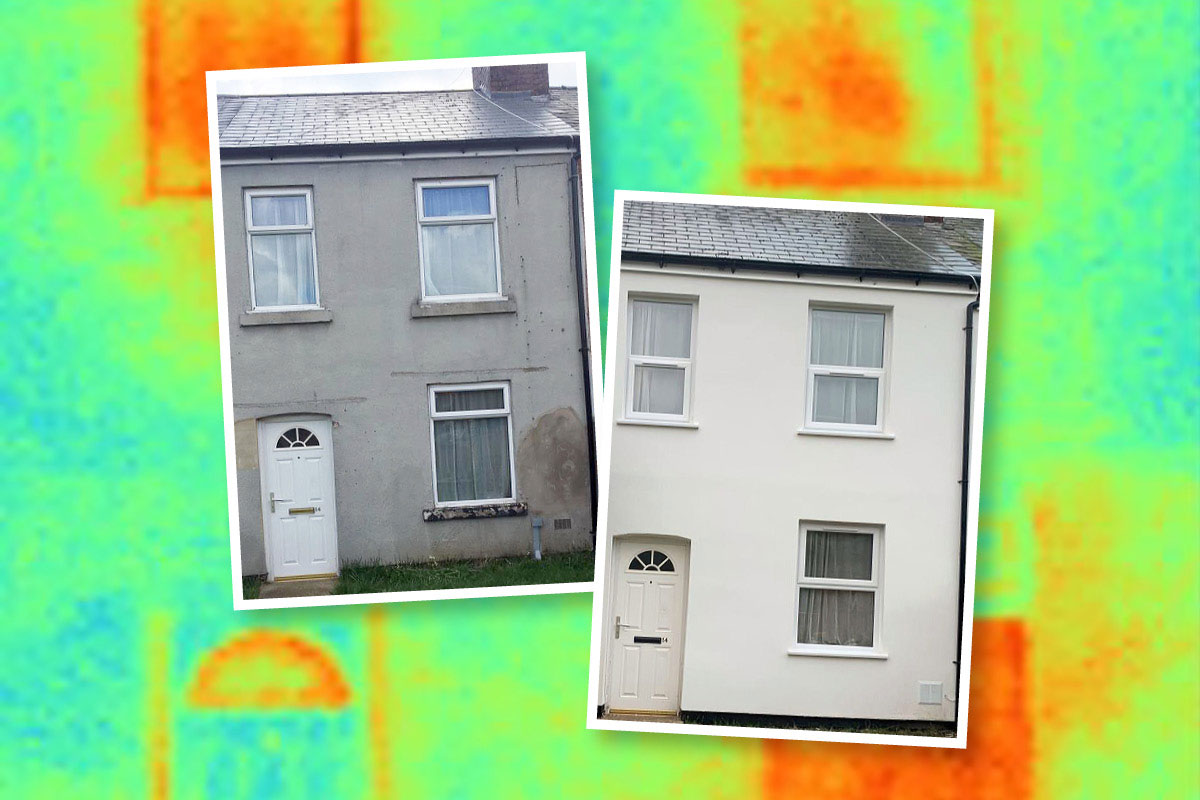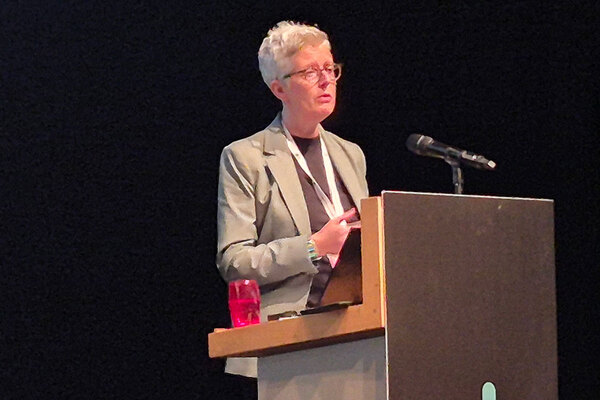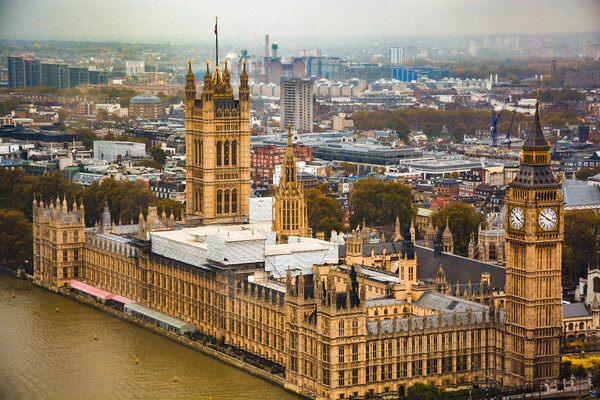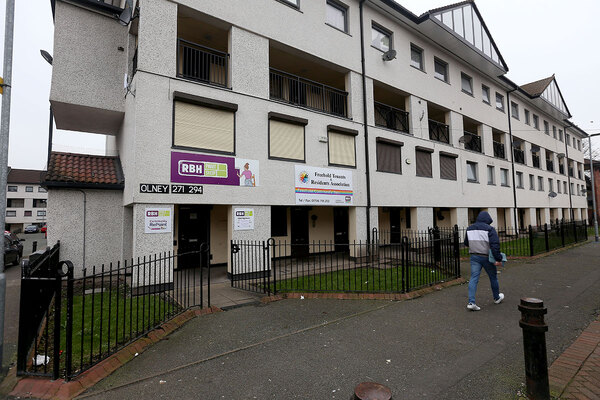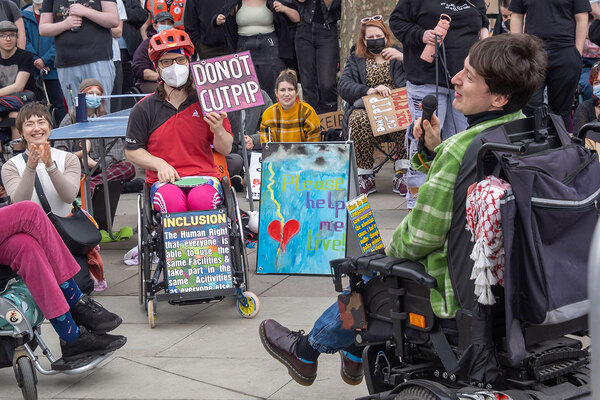Deadlines extended on government’s Social Housing Decarbonisation Fund, with just 7% of jobs complete
The first wave of the Social Housing Decarbonisation Fund (SHDF) has been extended, after the latest data revealed that just over 7% of the 20,000 expected energy performance improvements have been completed so far.
The figures, to the end of November last year, showed that just 1,430 measures were installed in 920 households under the funding.
As a result, the government has confirmed to Inside Housing that local authorities have been given a three-month extension to the grant funding period up to the end of June 2023.
Under the original terms of the funding, works should have completed by March.
The data is based on returns from 66 local authorities. Completed installations were reported by 11 councils across England.
The government launched Wave 1 of the SHDF in August 2021 and has since awarded around £179m of grant funding for delivery from 2022 into 2023.
The first wave, which precedes a much larger funding programme that is currently open for bids, was targeted exclusively at local authority landlords.
Of the 1,430 measures installed since its launch, the majority were for insulation (1,077, 75%), with electricity-related actions accounting for 24% (341) of measures installed.
The most common measure installed was loft insulation at 640 actions (45%), with 311 cavity wall insulation measures (22%) and 299 energy-efficient Lighting measures (21%) also installed.
The highest average measure cost was for external solid wall insulation at an average of £17,000 per measure, with the lowest average cost being for energy-efficient lighting at £300 per measure
The majority of the measures were installed in the North East region (816, 57%), with 265 actions installed in Yorkshire and The Humber (19%) and 184 in the North West (13%).
Of the 920 households that have been upgraded under the scheme – meaning they had at least one measure installed – 454 households were upgraded in the North East (49%), 249 in Yorkshire and the Humber (27%) and 117 in the North West (13%).
The majority of measures were installed in houses (989, 69%), followed by bungalows (381, 27%).
An additional 473 ventilation measures were installed over the period.
The government maintained that Wave 1 of the SHDF is progressing well and the project is on track to deliver.
But it admitted that the initial delivery end date of March 2023 is being extended on a case-by-case basis, in what the government described as a formal change control process to allow councils to deliver until the end of June.
Annie Owens, policy and practice officer at the Chartered Institute of Housing, said: “We know social landlords are hugely committed to decarbonising their stock.
“The slow start to implementing measures under SHDF Wave 1 is reflective of the significant challenges faced across the sector – above-inflationary price increases, scarcity of materials and an acute skills gap across the country for people trained to deliver retrofit works.
“We appreciate moves by BEIS [the Department for Business, Energy and Industrial Strategy] to build in more time for delivery in upcoming Wave 2 projects. Learnings from the challenges landlords have faced delivering SHDF Wave 1 projects need to be factored into the design of future government grant schemes.”
The second wave of the fund opened in October 2022.
In 2021, the Public Accounts Committee published a report, in which it criticised the BEIS for “persistently failing to learn lessons from previous energy-efficiency schemes”.
The report, which was on the failed Green Homes Grant scheme, criticised the department for the short timescales and overly complex nature of previous housing retrofit projects.
Sign up for our development and finance newsletter
Already have an account? Click here to manage your newsletters

